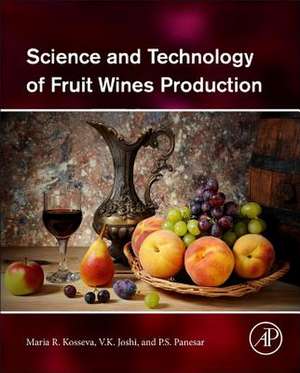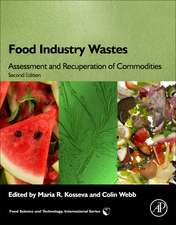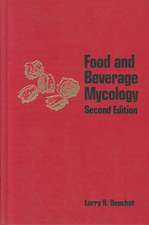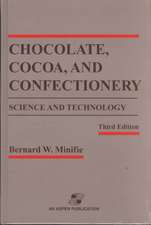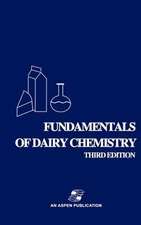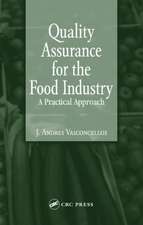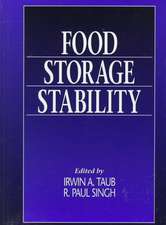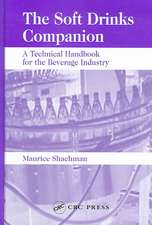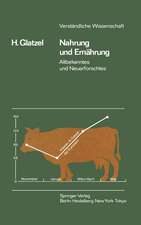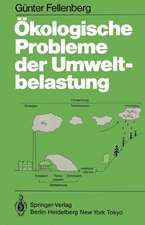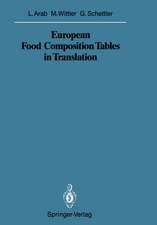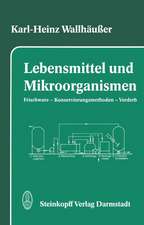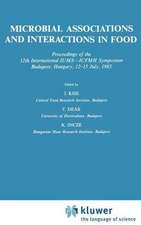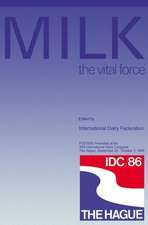Science and Technology of Fruit Wine Production
Editat de Maria R. Kosseva, V.K. Joshi, P.S. Panesaren Limba Engleză Hardback – 21 noi 2016
Preț: 517.11 lei
Preț vechi: 598.78 lei
-14% Nou
99.01€ • 103.10$ • 82.15£
Carte tipărită la comandă
Livrare economică 07-21 februarie
Specificații
ISBN-10: 0128008504
Pagini: 756
Dimensiuni: 191 x 235 x 58 mm
Greutate: 1.72 kg
Editura: ELSEVIER SCIENCE
Public țintă
Students and researchers in Food Science/ Postharvest Technology/Enology/Food Biotechnology/ Food Engineering/Food Microbiology.Industry R&D
Cuprins
Descriere
Science and Technology of Fruit Wine Production includes introductory chapters on the production of wine from fruits other than grapes, including their composition, chemistry, role, quality of raw material, medicinal values, quality factors, bioreactor technology, production, optimization, standardization, preservation, and evaluation of different wines, specialty wines, and brandies.
This unique book covers the production of wines from non-grape fruits, highlighting fruit wines and their production. It provides consolidated information on the state-of-art-technology of wine production, covering topics such as quality characteristics and the present status of wine production from fruits other than grapes.
Wine and its related products have been consumed since ancient times, not only for stimulatory and healthful properties, but also as an important adjunct to the human diet by increasing satisfaction and contributing to the relaxation necessary for proper digestion and absorption of food. Most wines are produced from grapes throughout the world, however, fruits other than grapes, including apple, plum, peach, pear, berries, cherries, currants, apricot, and many others can also be profitably utilized in the production of wines.
The major problems in wine production, however, arise from the difficulty in extracting the sugar from the pulp of some of the fruits, or finding that the juices obtained lack in the requisite sugar contents, have higher acidity, more anthocyanins, or have poor fermentability. The book demonstrates that the application of enzymes in juice extraction, bioreactor technology, and biological de-acidification (MLF bacteria, or de-acidifying yeast like schizosaccharomyces pombe, and others) in wine production from non-grape fruits needs serious consideration.
- Focuses on producing non-grape wines, highlighting their flavor, taste, and other quality attributes, including their antioxidant properties
- Provides a single-volume resource that consolidates the research findings and developed technology employed to make wines from non-grape fruits
- Explores options for reducing post-harvest losses, which are especially high in developing countries
- Stimulates research and development efforts in non-grape wines
